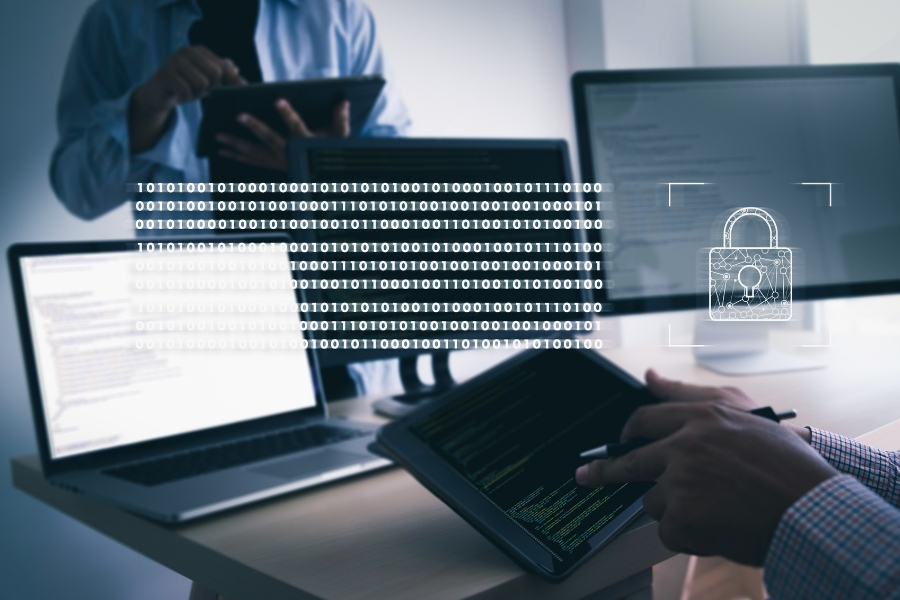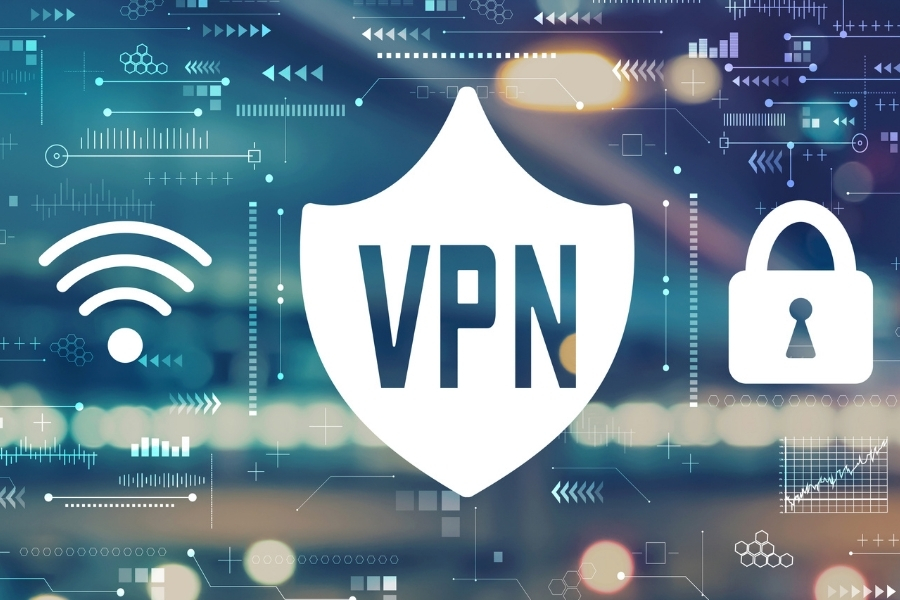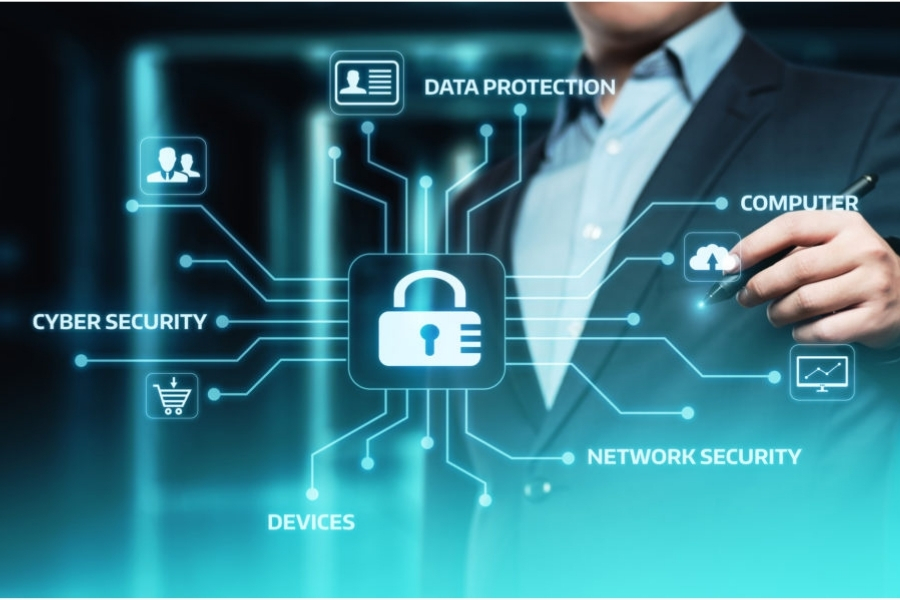The world is becoming digitally interconnected to an unprecedented degree, so there is no room for lax security measures. Cybercriminals and perpetrators much closer to home are waiting for an opportunity to exploit sensitive data and compromise your operational integrity. Business network security is one of six prime assets every CEO should consider a protection priority.
It is good news that 91% of companies are boosting their cybersecurity budget this year, but as many as 80% of IT security leaders still don’t feel confident. This guide will walk you through the risks out there, why your business is a target, and how you can protect yourself.
A Quick Tour of the Threat Landscape
Business network systems are under attack every 11 seconds on average. The entirety of the cyber threat landscape can be summarized by spotlighting three key categories. Some of these are old enemies of every business network, and others are relatively new developments, but all of them are making strict cybersecurity measures more vital than ever in 2021.
Malware and Ransomware

These malicious programs include adware, spyware, trojans, and wipers. Malware is designed to enter a business network, where it corrupts or hijacks data. Attacks from ransomware (criminal code that holds data hostage until demands are met) are up by 62% since 2019 and forecast to be a global epidemic costing business networks $20 billion this year.
Phishing, Spam, and Identity Scams
Spear phishing attacks (those designed to target specific business personnel) impacted 88% global business networks in 2019, and nearly 85% of all emails received are spam. Any one could contain fake links or embedded code designed to fool businesses into clicking them and inadvertently allowing hackers system access. Learning to recognize phishing scams is an essential skill for today’s employee.
Polymorphic Programs
Modern cyberattacks don’t just sit there waiting to be found. A recent study found over 93% of malware to be polymorphic in recent years, meaning it can shift its makeup to avoid standard detection methods. Only those networks with as many security measures as possible can hope to corner and root out such evasive invaders.
Your business is a target because it deals with two things cybercriminals crave: money and sensitive data dealing with professional, public, and private information. Any of the threats above could be headed your way, making proactive security steps a must.
9 Business Network Security Tips

The biggest reason business networks are vulnerable isn’t because cybercriminals are relentless. A lack of common cyber sense, accountability, and proper training are the most significant system threats in any organization. Accepting that your employees are either helping or hindering hackers is the most important step toward staying safe.
1. Promote Password Security
The National Institute of Standards and Technology (NIST) is a government agency that knows a thing or two about strong passwords. They recommend that each employee has a unique business network password that is simultaneously easy to remember and hard for hackers to guess. You can augment the unique visual approach promoted by NIST by having your network block logins after a set number of failed attempts.
2. Update Programs Regularly
Hackers are always looking for business network vulnerabilities and creating new tools to exploit them. Good developers ensure their programs are patched to close these weak points as soon as they’re discovered. Set all your programs – security or otherwise – to search for updates regularly and make sure IT is running the latest version.
3. Install Antivirus and a Firewall
A firewall acts as your first line of network defense, controlling what goes in and what goes out. Limiting incoming connections to contacts on your whitelist can significantly reduce the chance of a successful system attack. An antivirus program hunts down and quarantines any risks before they can cause further damage, thus providing backup support to firewall weaknesses.
4. Limit Critical Access and Backup your Data
Giving fewer employees access to critical data lowers the chances of it being compromised. Make sure to grant access only to those who need it. Back up all data regularly and keep it off-site or in the cloud. A separate copy acts as insurance in case you lose control over your network while also covering you in case of hardware failure.
5. Train Your Employees
Employees lacking network security awareness can unintentionally sabotage an entire business. Every member of an organization should receive cyber training to educate on how they may be contributing to internal risk. A huge weak spot is the rise of Bring Your Own Device (BYOD), a new norm that sees employees using potentially vulnerable personal devices at work or remotely to access business networks.
6. Get Familiar With VPN and RDW

Remote data wiping (RDW) is a somewhat controversial solution because it comes with privacy concerns regarding the employee’s device. When a device has been compromised, though, it’s a powerful way to erase anything a hacker may be looking for.
Remote access should always take place over a secured Virtual Private Network (VPN) with multifactor authentication, password protection, and encryption. Inactivity timers should be in place to cover your business network against any employees who walk away while logged in.
7. Install Monitored Video Surveillance
Remember that not all employee sabotage of business networks is unintentional. The best in modern video surveillance systems can keep a digital and physical eye on your organization’s critical systems and access areas. The lens never sleeps, and Video Surveillance Agents (VSAs) can monitor the feed live, interact with potential perpetrators, and contact authorities while liaising with on-site personnel.
8. Use On-Site Physical Security Agents
Human security guards – especially professional armed security – are a double benefit. Many staff members are comforted knowing someone has their back at work. Malicious employees who have no problem fighting encrypted systems will also think twice if there is a trained and licensed physical security agent standing between them and the keyboard.
9. Take Out Cyber Insurance
The cyber insurance market is set to top $20 billion by 2025, with cyberattacks averaging $1 million a claim. This coverage is an excellent way to protect your business from the unforeseen, but there are important qualifications to consider regarding premium rates. The first is how much risk is associated with the nature of your service, and the second is how robust your current security framework is – the riskier and weaker your model, the higher premiums will be.
Creating a culture of security depends on accepting the scale of the threat and that every business is in a “not if, but when” position regarding potential hacks. No security setup can promise airtight protection, but one thing is for sure: The fewer security steps you take, the more chances cybercriminals have to wreck your network.
Contact the SMART Team With Any Questions
Business security is one of those concerns that only becomes more important as technology advances. The good news is that your business doesn’t have to be a sitting duck.
The seasoned security professionals at SMART Security Pros can walk you through the entire site-securing process, providing fully customized 24/7 solutions and cutting-edge technology. Contact SMART Security Pros with any questions and speak with an expert today.




















